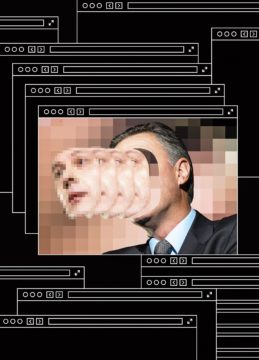Daniel Immerwahr in The New Yorker:
 There’s a video of Gal Gadot having sex with her stepbrother on the internet.” With that sentence, written by the journalist Samantha Cole for the tech site Motherboard in December, 2017, a queasy new chapter in our cultural history opened. A programmer calling himself “deepfakes” told Cole that he’d used artificial intelligence to insert Gadot’s face into a pornographic video. And he’d made others: clips altered to feature Aubrey Plaza, Scarlett Johansson, Maisie Williams, and Taylor Swift.
There’s a video of Gal Gadot having sex with her stepbrother on the internet.” With that sentence, written by the journalist Samantha Cole for the tech site Motherboard in December, 2017, a queasy new chapter in our cultural history opened. A programmer calling himself “deepfakes” told Cole that he’d used artificial intelligence to insert Gadot’s face into a pornographic video. And he’d made others: clips altered to feature Aubrey Plaza, Scarlett Johansson, Maisie Williams, and Taylor Swift.